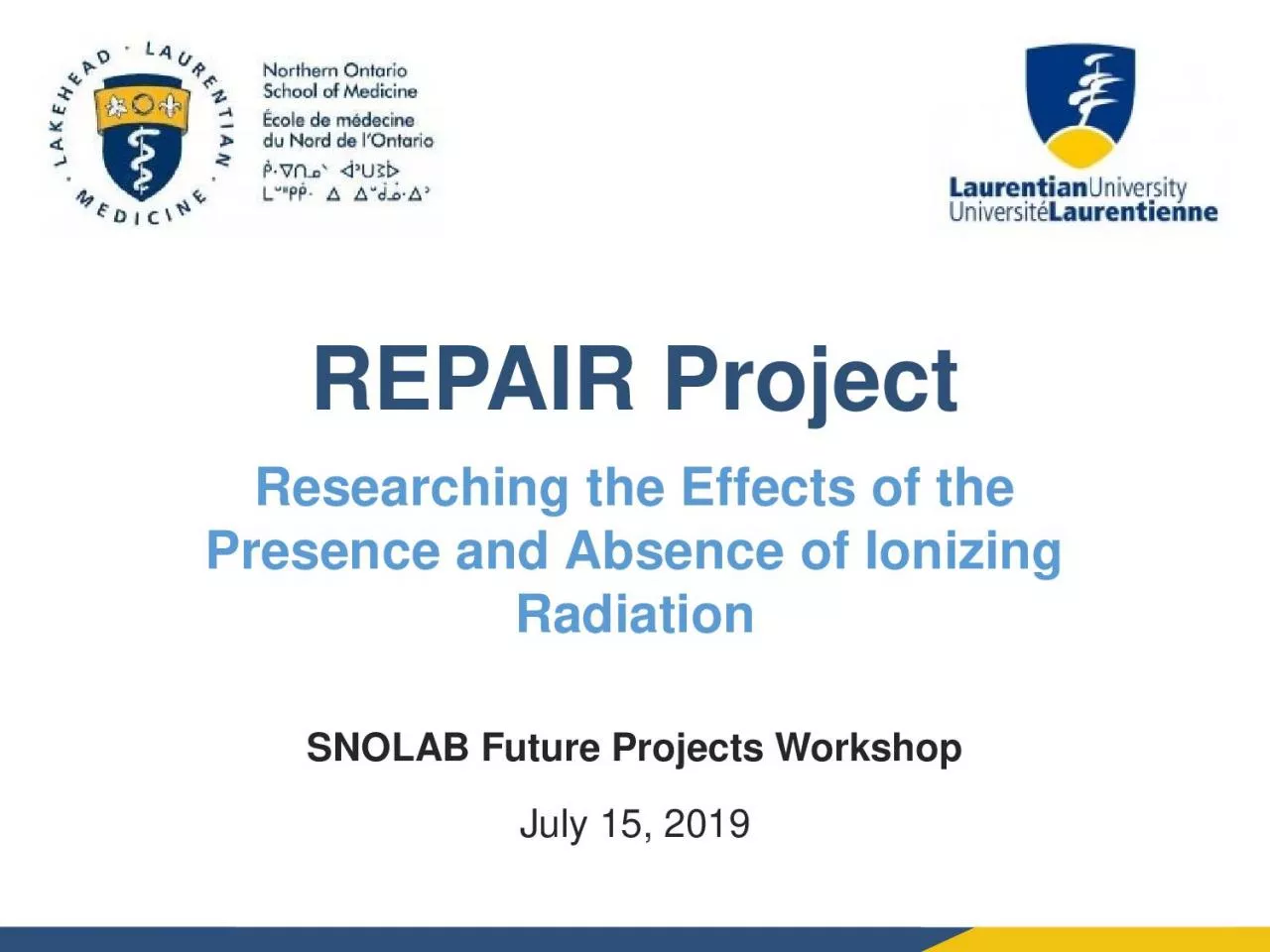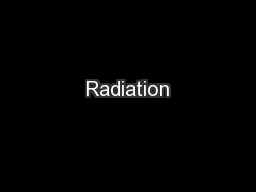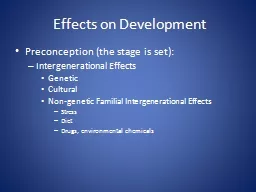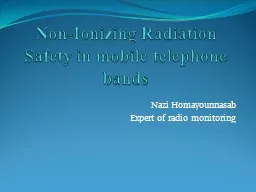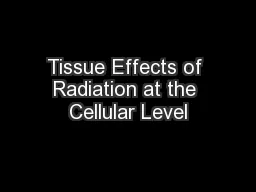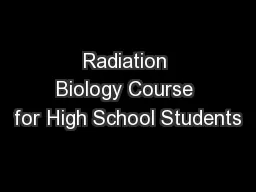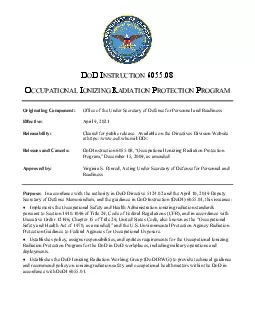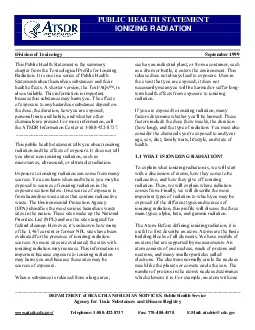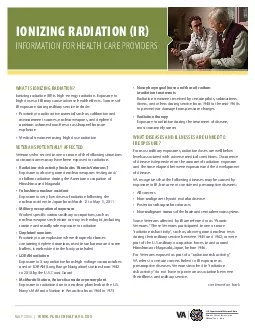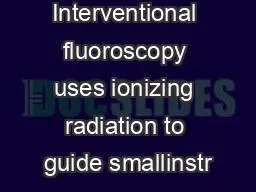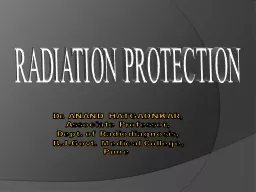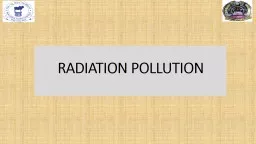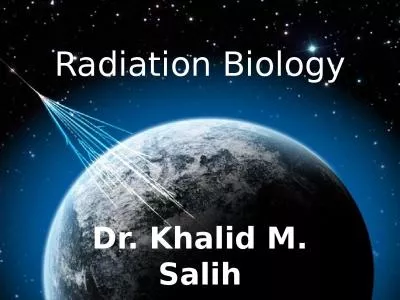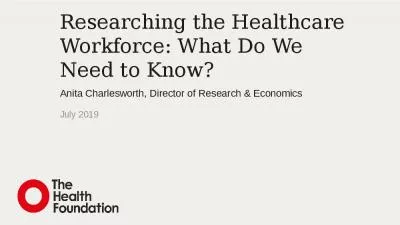PPT-REPAIR Project Researching the Effects of the Presence and Absence of Ionizing Radiation
Author : hailey | Published Date : 2022-06-11
SNOLAB Future Projects Workshop July 15 2019 REPAIR collaboration Doug Boreham Research Faculty NOSM Chris Thome Research Faculty NOSM Simon Lees Research Faculty
Presentation Embed Code
Download Presentation
Download Presentation The PPT/PDF document "REPAIR Project Researching the Effects o..." is the property of its rightful owner. Permission is granted to download and print the materials on this website for personal, non-commercial use only, and to display it on your personal computer provided you do not modify the materials and that you retain all copyright notices contained in the materials. By downloading content from our website, you accept the terms of this agreement.
REPAIR Project Researching the Effects of the Presence and Absence of Ionizing Radiation: Transcript
Download Rules Of Document
"REPAIR Project Researching the Effects of the Presence and Absence of Ionizing Radiation"The content belongs to its owner. You may download and print it for personal use, without modification, and keep all copyright notices. By downloading, you agree to these terms.
Related Documents

